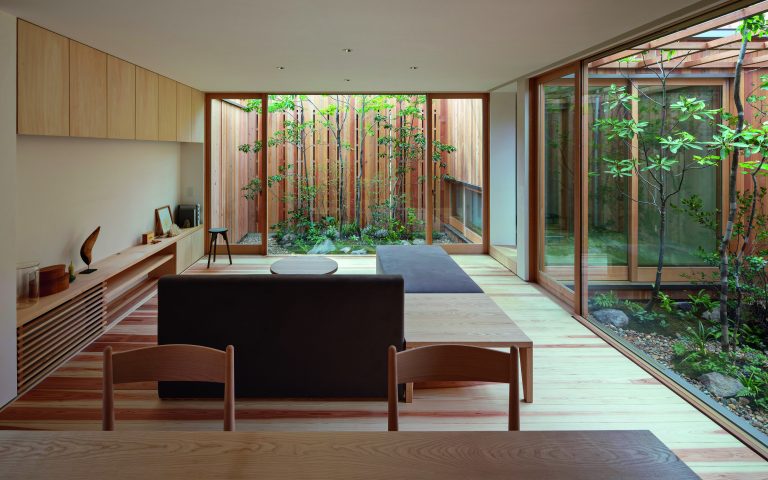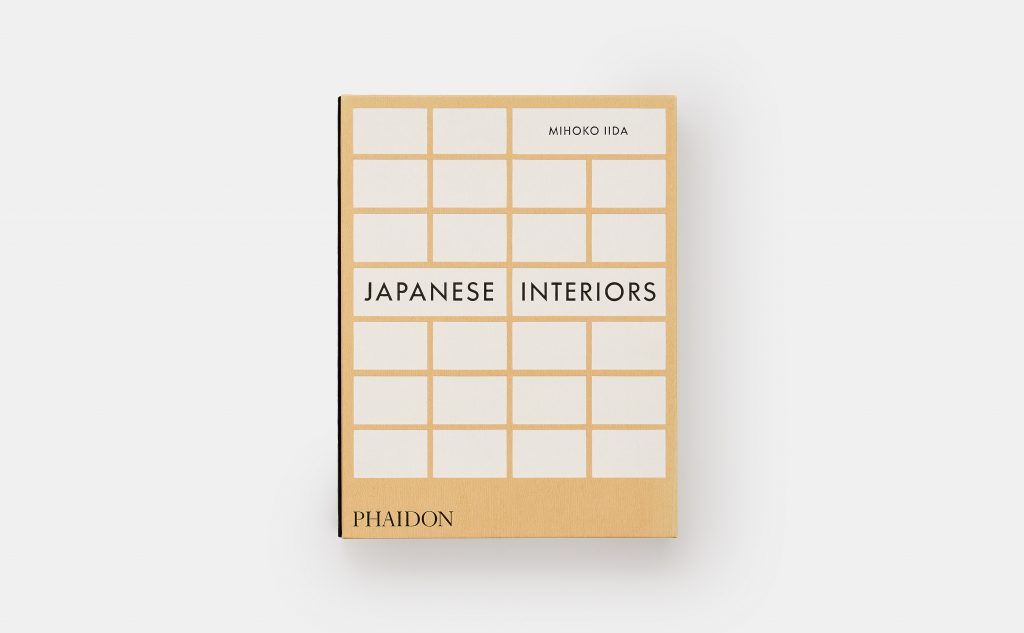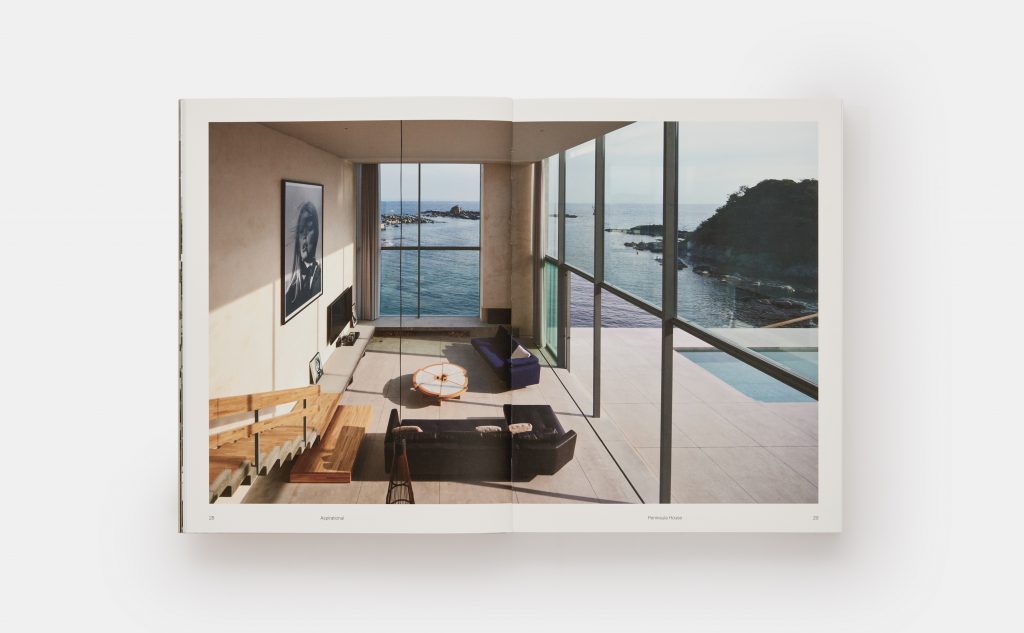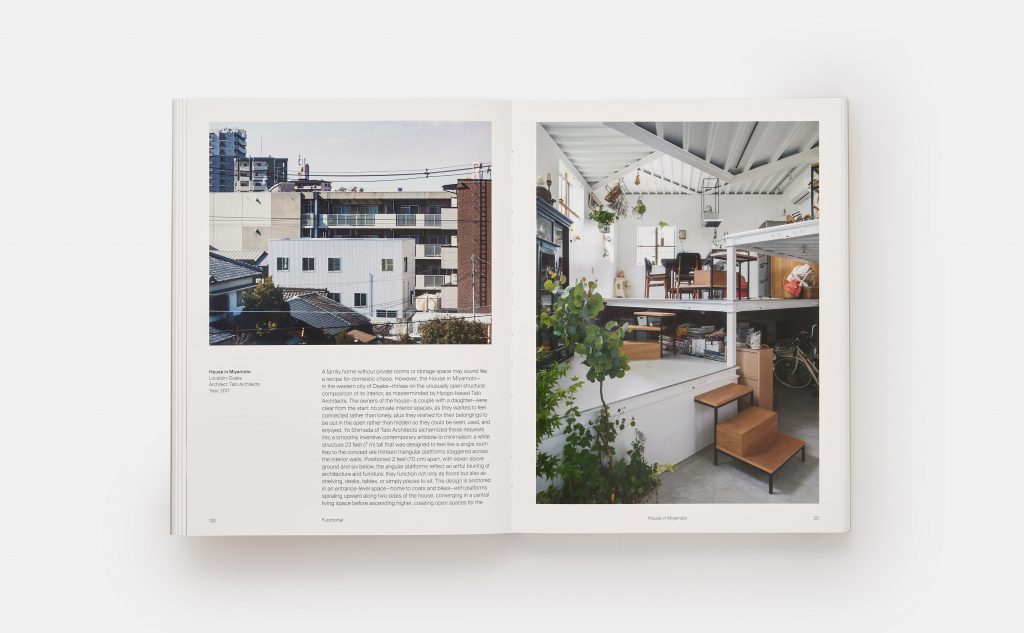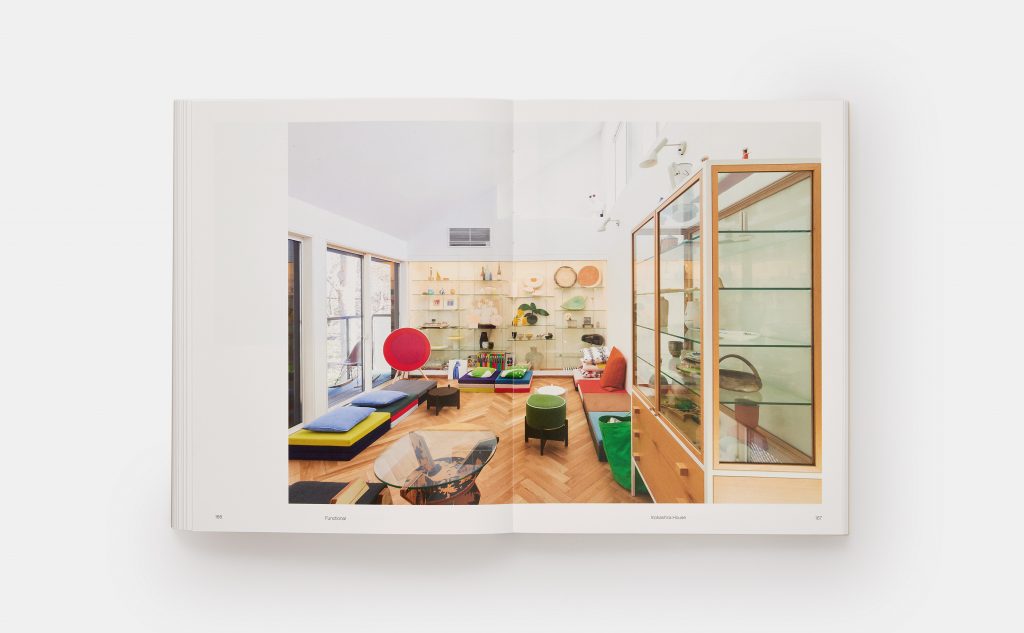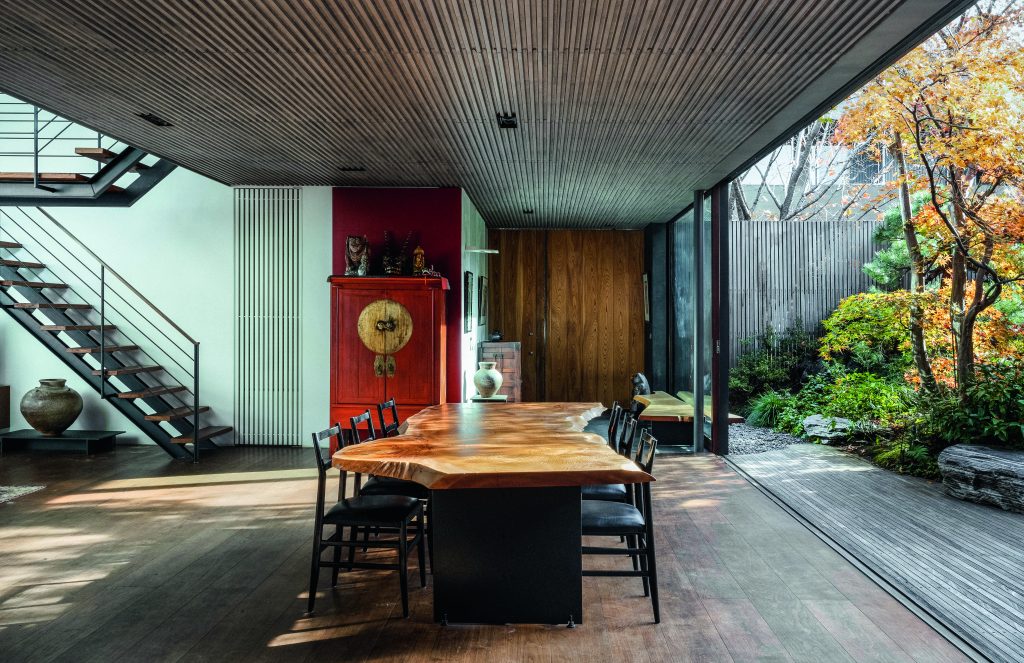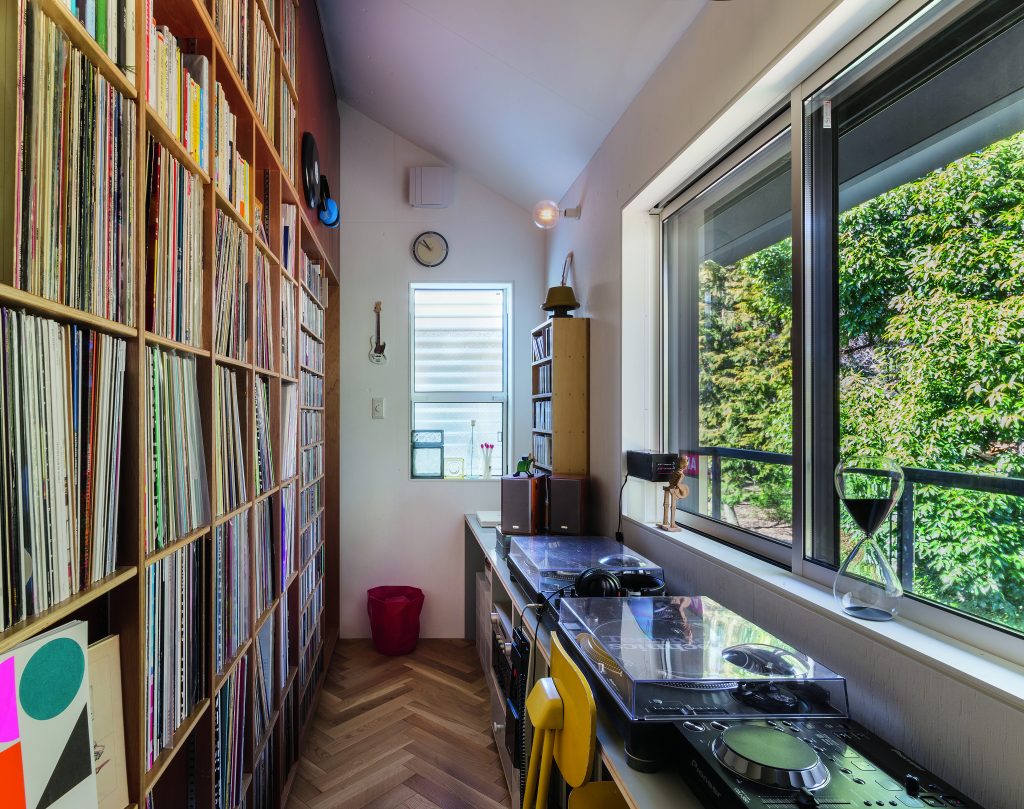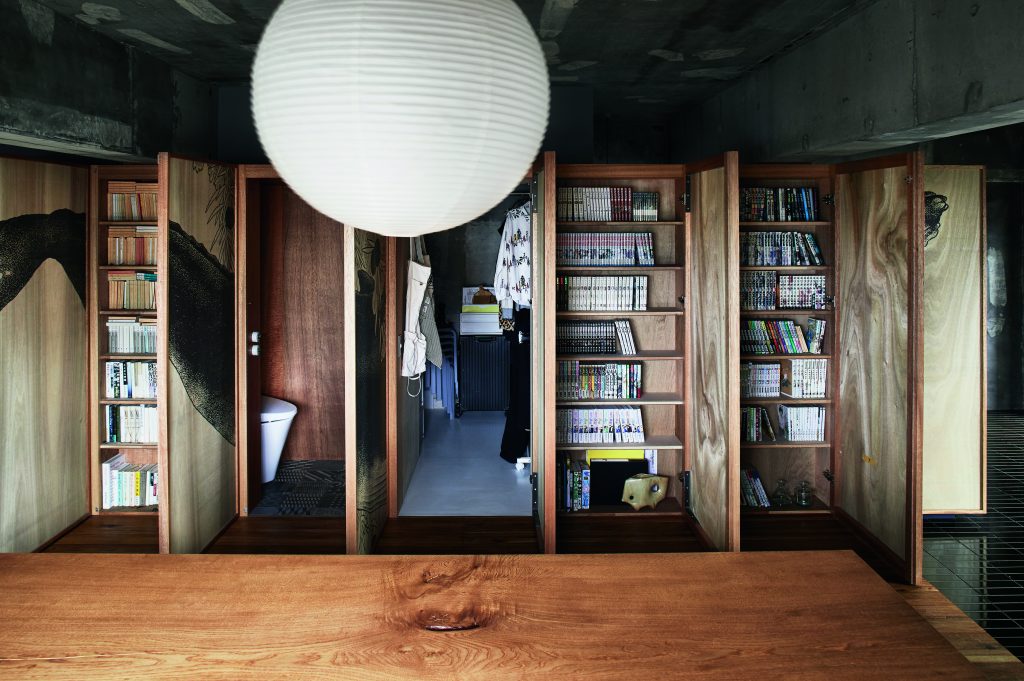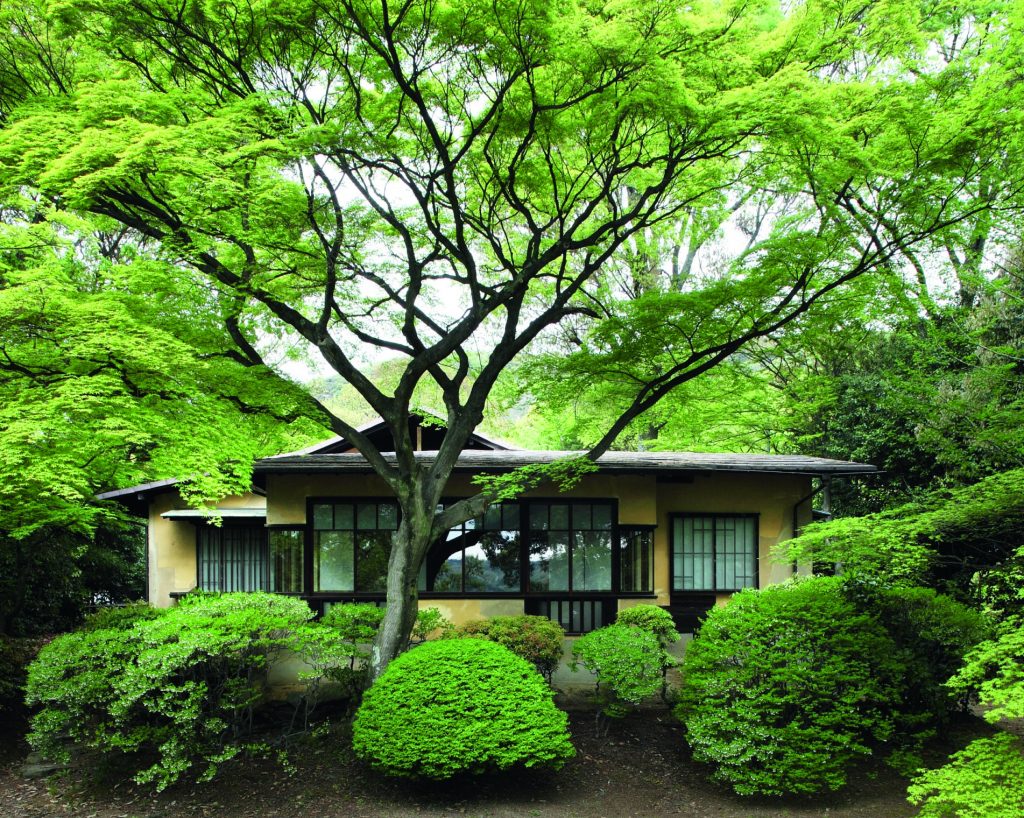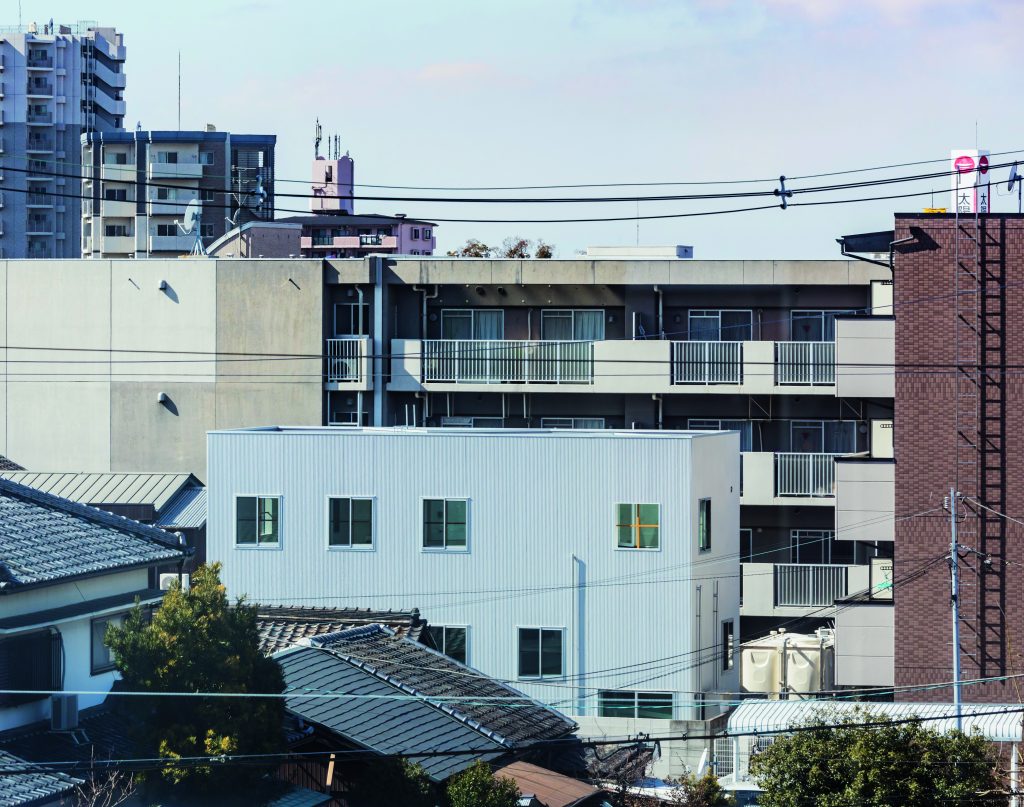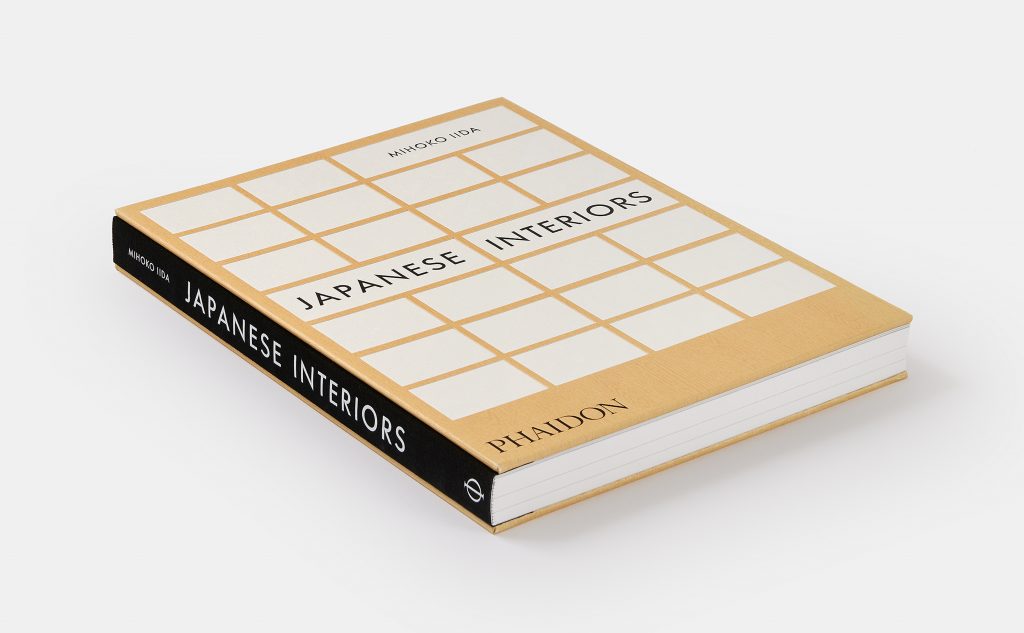Interior design in Japan is not understood the same way it is in the West—Japanese interior design does not revolve around the colors of the walls nor the choice of décor and furnishings. Rather, it is driven by the exterior: the sunlight, the greenery, the mountains, or the coastline. The natural elements are engrained in people’s minds when they think of the interior. Therefore the relationship between indoor and outdoor spaces is extremely important, which comes as no surprise in a country with weather prone to seasonal typhoons and land vulnerable to earthquakes and volcanic eruptions. Home, according to the Japanese way of living, should be a place of safety and comfort before it is a place of beauty.
Furthermore, contrary to Western ideas about the space as an extension of an individual, in Japanese interiors, there is a value in communal functionality. It is common to think about the group before thinking about the individual when considering the space. This impacted the expectations of a Japanese interior.
Plain concrete walls by architects such as Tadao Ando have become synonymous with the so-called Japanese style, but that isn’t necessarily true. In response to the prevalence of minimalism as a dominating force within Japanese homes in the global eye, Iida reveals the truth about Japanese interiors and the problems emerging from the extremities of consumerism in modern Japanese society and the minimalistic approach to life and possessions rooted in Zen Buddhism. Contemporary Japanese reality is conceived on both the abundance derived from popular culture and the historical tradition of the “The less you have, the less you have to worry about” (according to Buddha). The minimalist homes inspired by shrines coexist in Japan with extremely small, cluttered condos inhabited by Tokyoites.
The cover of the book referencing Japanese paper screen is a cherry on top of this book: as always, Phaidon delivers an extremely aesthetically pleasing tome that goes well with their other titles on Japanese design. Each entry from Japanese Interiors is illustrated by gorgeous, full-spread photos of the estates bringing attention to both the architecture and little design details.
